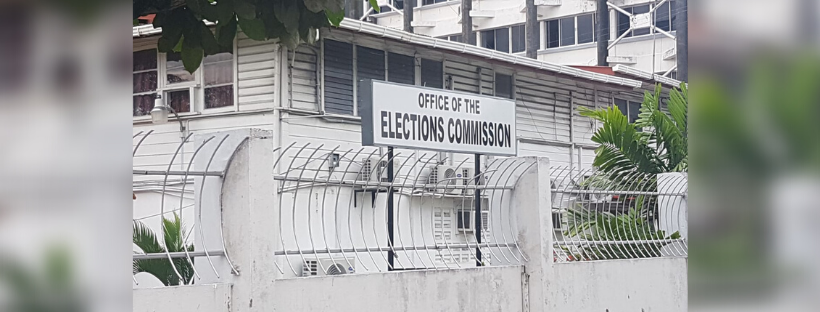CNOOC Limited, the Chinese partner in the Stabroek Block, recently revealed that the Lancetfish-1 discovery made in the offshore concession last year holds an estimated 730 million barrels of recoverable oil resources.
According to an article by Upstream Online, the disclosure was made during CNOOC’s 2023 results presentation on Thursday, shedding light on the significant potential of the prolific Stabroek block. The Lancetfish discovery, situated in ultra-deepwater and deep-play exploration zones, adds substantial value to the block’s portfolio.
ExxonMobil operates the Stabroek block with a 45% stake, alongside partners CNOOC and Hess, holding interests of 25% and 30% respectively.
Lancetfish-1 discovery, announced in April of the previous year, encountered approximately 28 meters of oil-bearing sandstone reservoirs in water depths of 1780 meters, southeast of the Fangtooth-1 find. Notably, while Exxon had said that the Lancetfish-1 as a promising discovery, the company did not disclose the size of the reserves.
Following this promising find, the company conducted the Lancetfish-2 appraisal well, confirming another success with, with an estimated 20 metres of hydrocarbon-bearing reservoirs and around 81 metres of additional hydrocarbon-bearing sandstone.
The Lancetfish’s potential further cements Stabroek Block’s status as a lucrative oil block with an estimated total recoverable resource of around 11 billion barrels of oil equivalent.
Presently, production in Guyana from the Stabroek block exceeds 600,000 barrels per day, facilitated by three floating production, storage, and offloading vessels (FPSO). With the approval of two additional projects, Yellowtail and Uaru already received, and the impending approval on the Whiptail development, Guyana’s oil sector is poised for further expansion.
ExxonMobil projects that by 2027, with six FPSOs operational, Guyana’s daily oil output will surge to 1.2 million barrels.













